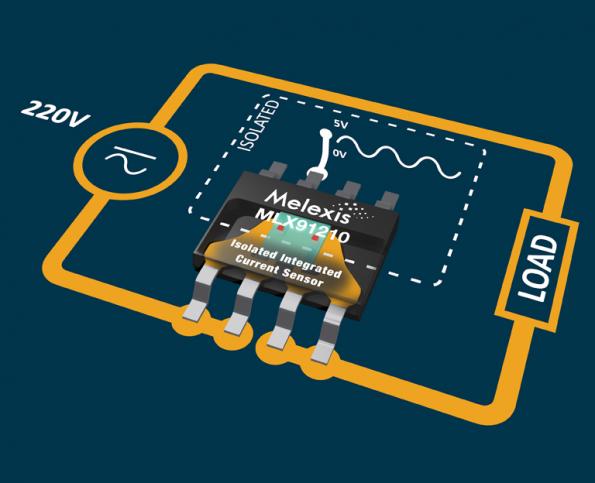
Melexis (Tessenderlo, Belgium) has added the MLX91210 family of integrated sensors; operating from a 5V supply, the ICs have current sensitivity levels down to 26.7 mV/A and support linear current measurement ranges that span as far as ±75A corresponding to 30 ARMS current. Available in SO8 and SO16 package formats, these fully integrated Hall-effect current sensors have extremely low resistive curent-path losses (0.8 mΩ for the SO8 and 0.7 mΩ for the SO16) and provide high voltage isolation ratings (2.1 kVRMS and 2.5 kVRMS respectively), as well as accelerated responsiveness (within 5 µsec). The sensor output of each IC is factory-calibrated for a specific current range and compensated for optimal stability in relation to temperature and over the course of its working lifespan, so that long term accuracy is maintained.
Hall-effect current sensing replaces shunt-resistive measurements – [Link]





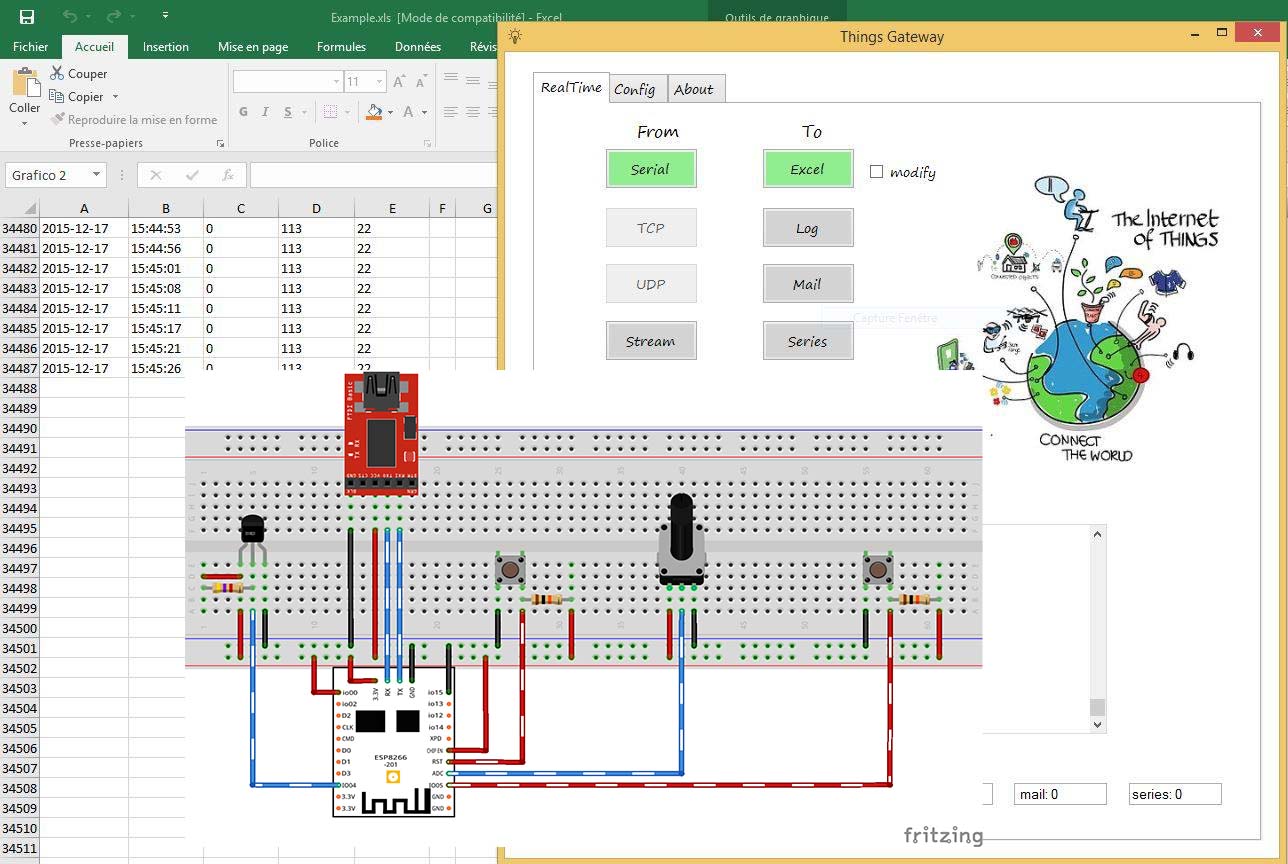
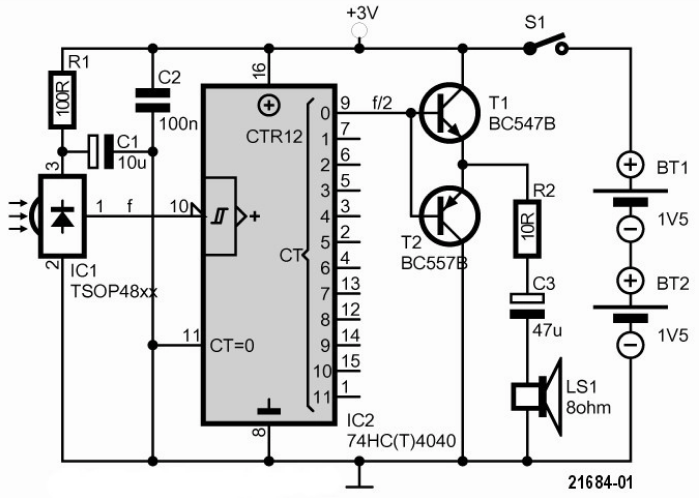
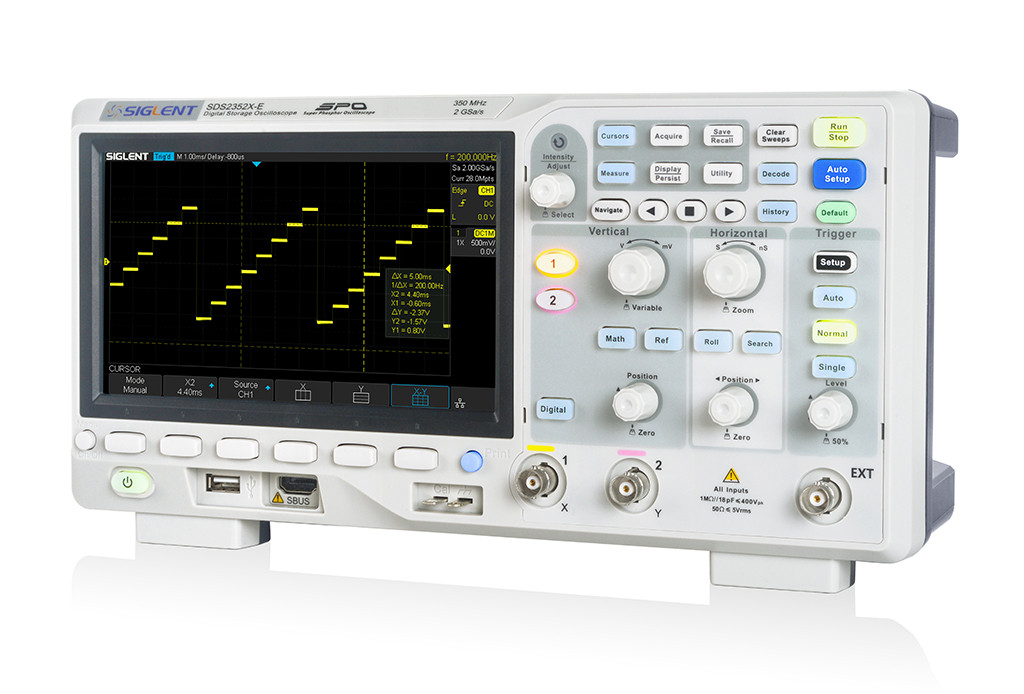
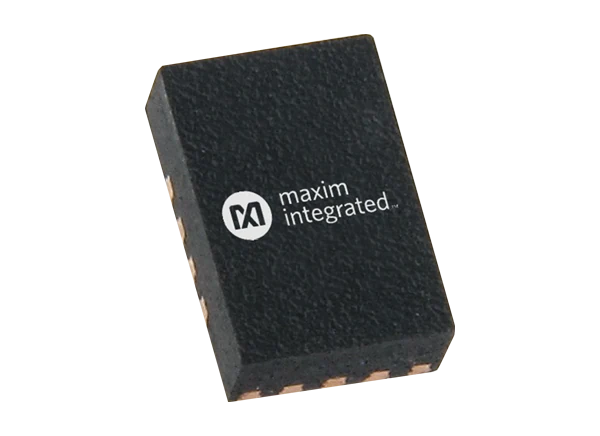

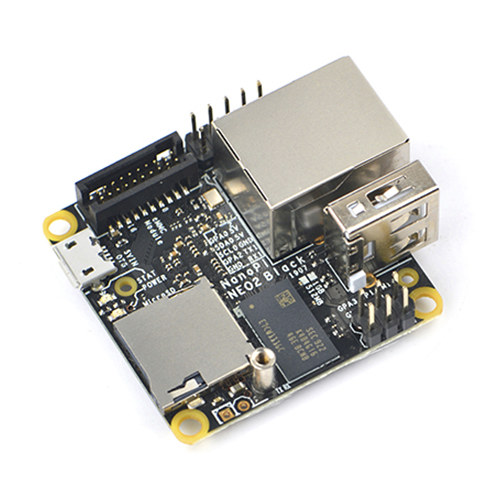





Most of the current flows through the shunt, and only a small fraction flows through the meter.